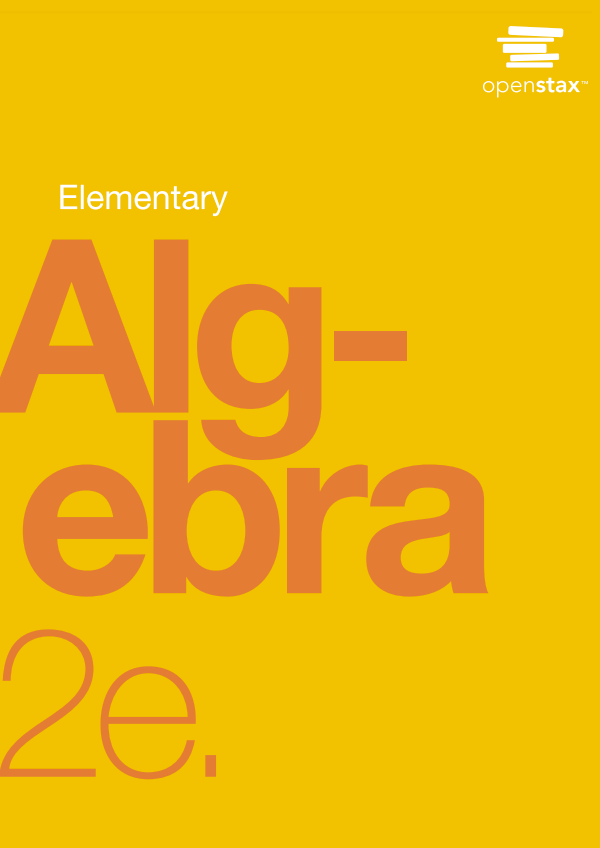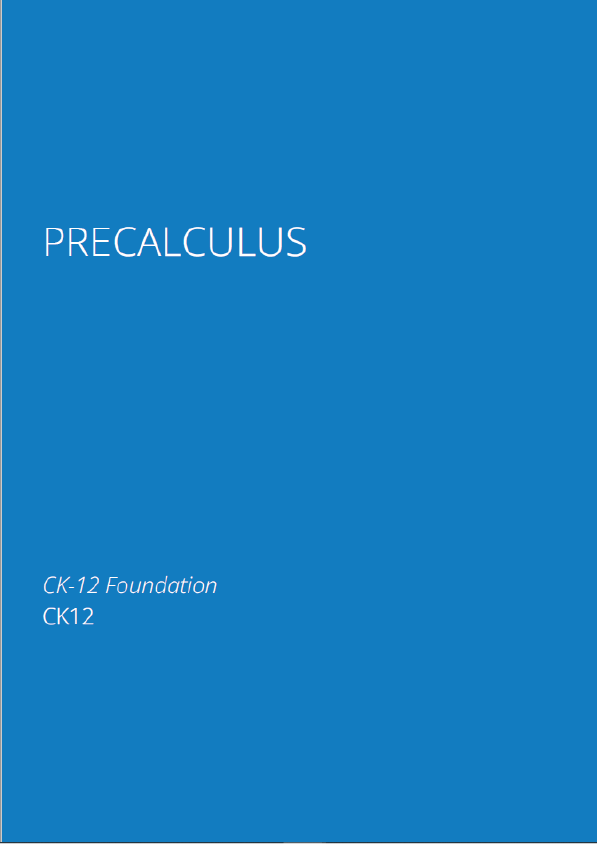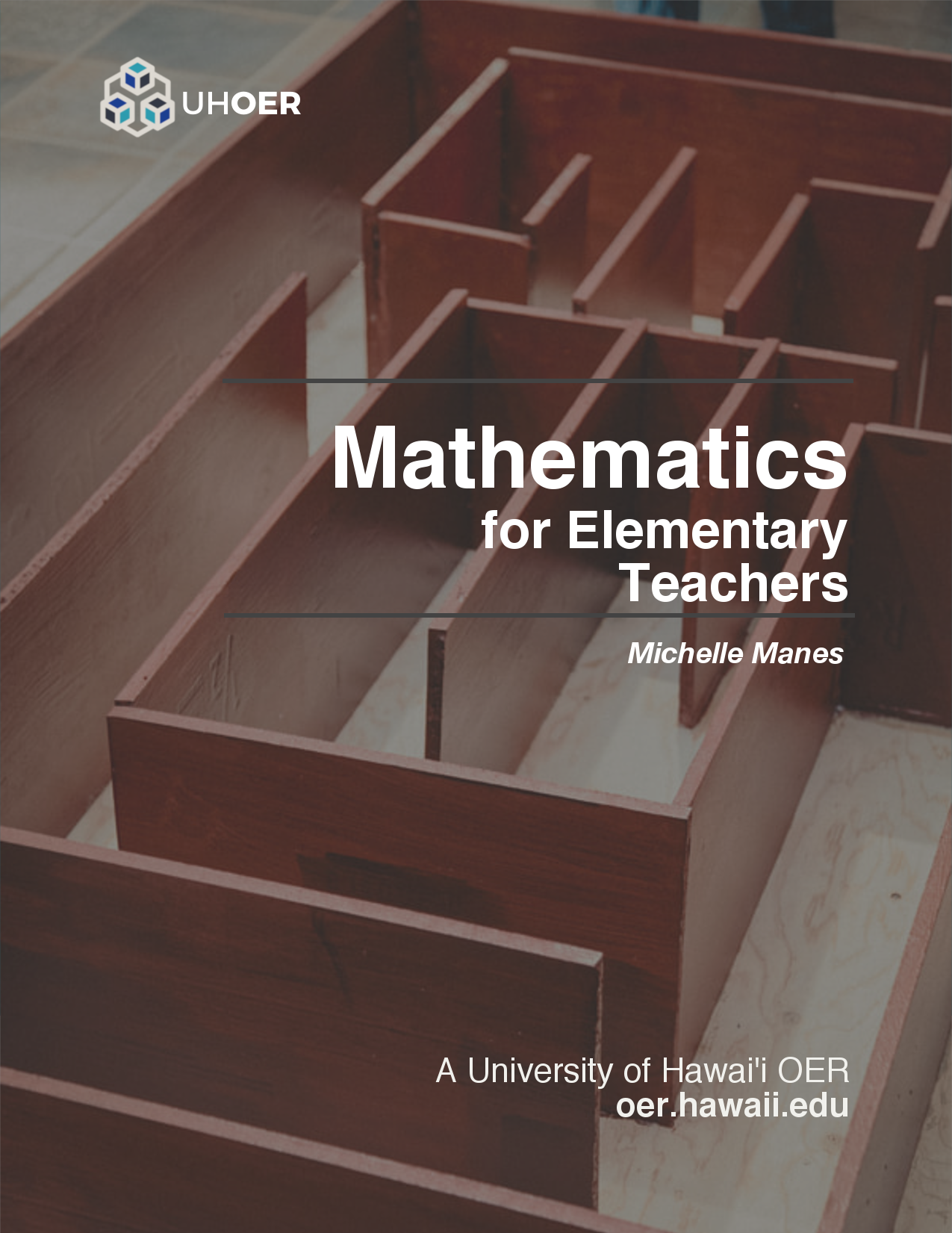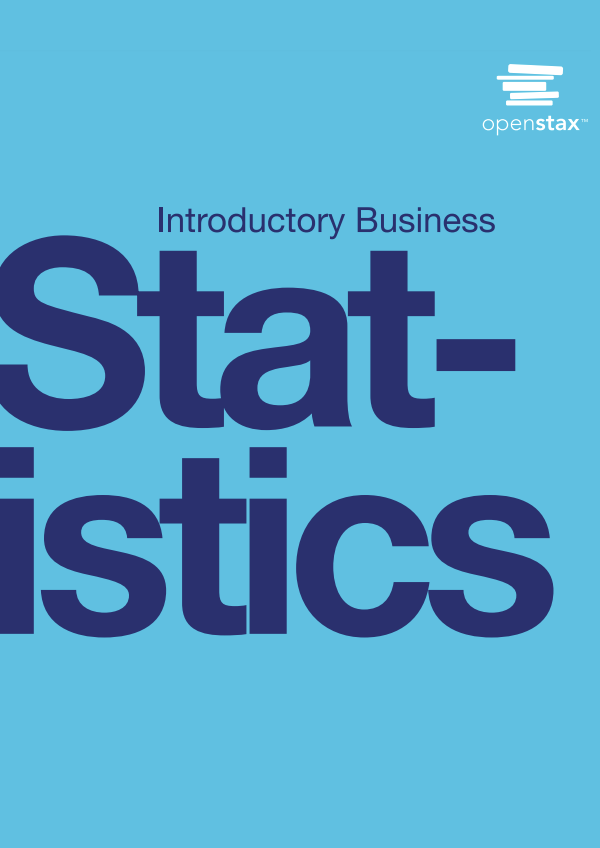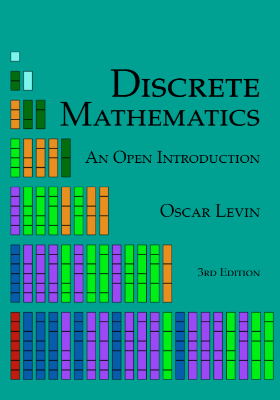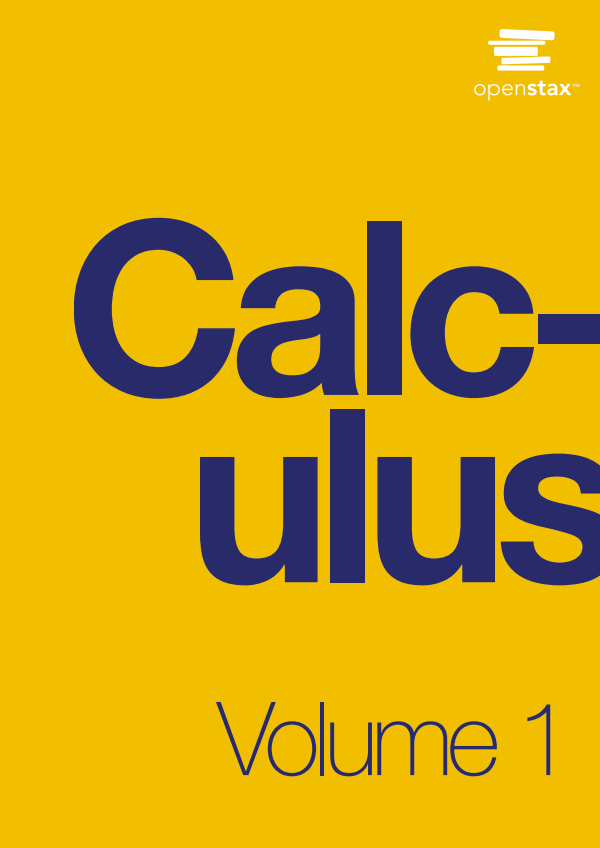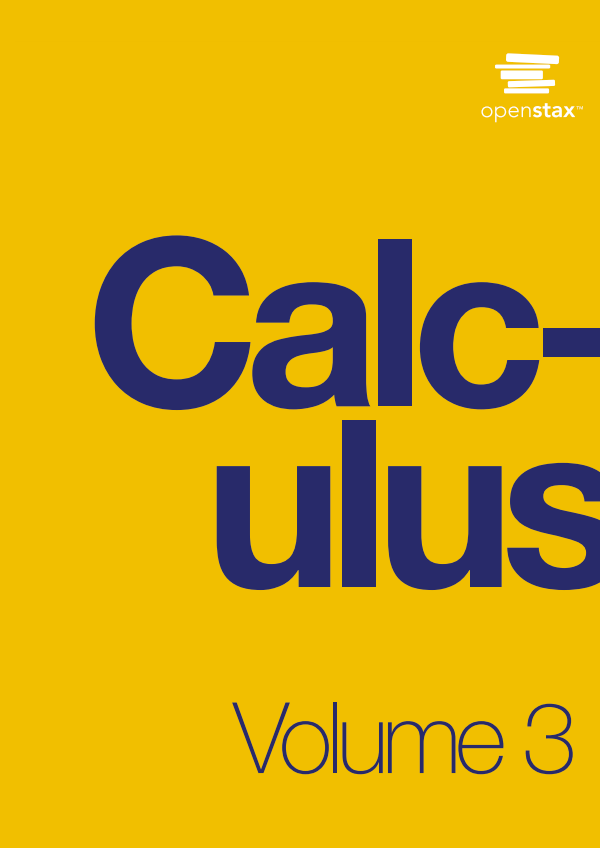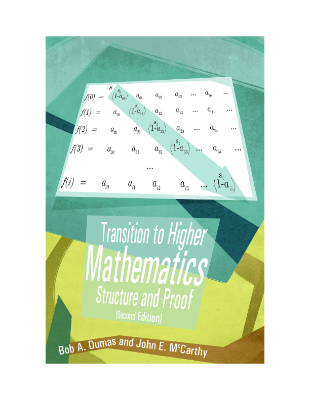Elementary Algebra 2e is designed to meet scope and sequence requirements for a one-semester elementary algebra course. The book’s organization makes it easy to adapt to a variety of course syllabi. The text expands on the fundamental concepts of algebra while addressing the needs of students with diverse backgrounds and learning styles. Each topic builds upon previously developed material to demonstrate the cohesiveness and structure of mathematics.
The second edition contains detailed updates and accuracy revisions to address comments and suggestions from users. Dozens of faculty experts worked through the text, exercises and problems, graphics, and solutions to identify areas needing improvement. Though the authors made significant changes and enhancements, exercise and problem numbers remain nearly the same in order to ensure a smooth transition for faculty. The first edition of Elementary Algebra by OpenStax is available in web view here.
Introduction
Just like a building needs a firm foundation to support it, your study of algebra needs to have a firm foundation. To ensure this, we begin this book with a review of arithmetic operations with whole numbers, integers, fractions, and decimals, so that you have a solid base that will support your study of algebra.
Introduction to Whole Numbers
Learning Objectives
By the end of this section, you will be able to:
Use place value with whole numbers
Identify multiples and apply divisibility tests
Find prime factorizations and least common multiples
BE PREPARED
A more thorough introduction to the topics covered in this section can be found in Prealgebra in the chapters Whole Numbers and The Language of Algebra.
As we begin our study of elementary algebra, we need to refresh some of our skills and vocabulary. This chapter will focus on whole numbers, integers, fractions, decimals, and real numbers. We will also begin our use of algebraic notation and vocabulary.
Use Place Value with Whole Numbers
The most basic numbers used in algebra are the numbers we use to count objects in our world: 1, 2, 3, 4, and so on. These are called the counting numbers. Counting numbers are also called natural numbers. If we add zero to the counting numbers, we get the set of whole numbers.
Counting Numbers: 1, 2, 3, …
Whole Numbers: 0, 1, 2, 3, …
The notation “…” is called an ellipsis and means “and so on,” or that the pattern continues endlessly
When you write a check, you write out the number in words as well as in digits. To write a number in words, write the number in each period, followed by the name of the period, without the s at the end. Start at the left, where the periods have the largest value. The one period is not named. The commas separate the periods, so wherever there is a comma in the number, put a comma between the words. The number 74,218,369 is written as seventy-four million, two hundred eighteen thousand, three hundred sixty-nine.
